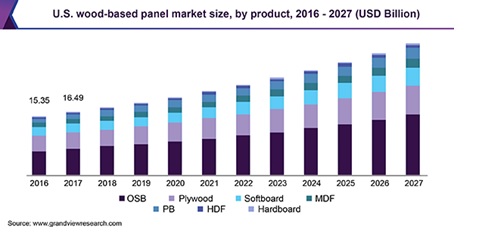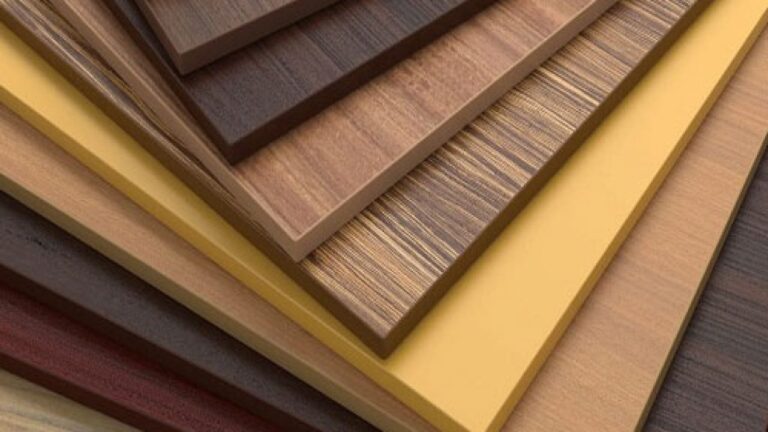Global Wood Based Panel Market: Market Dynamics

Increasing the use of wood-based panel in various applications whole over the world is expected to be a major factor operate the growth of the global wood-based panel market. In addition, currently people are more interested in interior designing and hence the increase in demand for interior designing and furniture in developed and developing economies for global wood-based panel market over the prognosticate period.
Apart from this, the increase in the investments of residential and commercial construction activities across the major geographies are expected to drive the demand for wood-based panels which will in turn help the increase of demand in public and private sectors in major countries such as India, China, and Saudi Arabia are likely to support the market growth.

CARB & EPA TSCA Title VI Certification
In 2007, CARB (California Air Resources Board) issued an ATCM (Airborne Toxic Control Measures) to reduce formaldehyde emissions from composite wood that is hardwood plywood with a composite or veneer core, MDF, and particleboard.
The CARB ATCM was approved on April 18, 2008, by the California Office of Administrative Law and the first emission standards took effect on January 1, 2009 and the Formaldehyde Standards for Composite Wood Products Act, or Title VI of TSCA (Toxic Substances Control Act), 15 U.S.C. 2697, was enacted on July 7, 2010.
Moreover, composite wood products can use adhesives and finishes that contain urea-formaldehyde, a chemical with linkages to cancer, asthma and respiratory diseases. To avoid these hazards, look for wood products labelled No Added Formaldehyde (NAF), Ultra Low Emission Formaldehyde (ULEF), or No Added Urea-Formaldehyde (NAUF).




